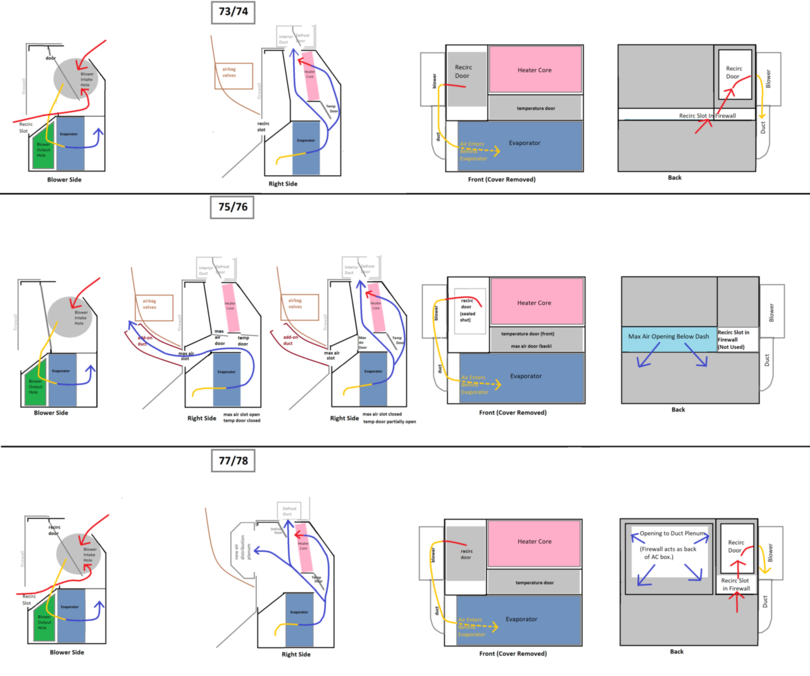
This is particularly critical in food processing plants where the premises are very slightly isolated due their activities and where products transfers are permanent, therefore not allowing pressures cascades measurement. It appears that the control is punctual (air flow control audits) and that there is no tracking tool to monitor flow streams at complete site and to ensure its traceability.

It is imperative for manufacturers to control air contamination risks. 50% reduction of filter replacement costs and the possibility to combine more efficient Clauger Eco-Filters with the EcoCTA Clauger for hygienic new air treatment and at high energy efficiency.Increasing (2 times) of filter life and reducing of energy consumption.50% reduction of total consumption of refrigerating or heating energy used to cool or heat the fresh air.Ensure the continuous identification and traceability of airflow streams while they are currently measured from time to time (directly during the audit).The airflow avoids furniture and obstructions to throw. Realise corrective actions in real time, anticipate the risksĭuring the installations operations and in case of needs, Clauger ensures the piloting of ventilation systems (blowing of fresh air under positive pressure / extraction of contaminated air) in order to limit energy consumption in real time. The Coanda Effect provides greater airflow length by streaming cool air upwards along the ceiling.Measure continuously, meet audit requirements (IFS / BRC) and Quality department needs: Instantly identifying, continuously tracking and optimization of air flow control in complete siteġ. Energy savings by limiting the quantity of fresh air under positive pressure necessary for the protection of manufacturing processes.System assistance through constant coherence of air flows with cascade forward movement of product processing.Quality monitoring through air contamination risk management.

It is a quality tracking tool, helping to control the installation and save the energy It guarantees the protection of food products while controlling energy consumption. It seems that Apache Spark with 22.5K GitHub stars and 19.4K forks on GitHub has more adoption than Airflow with 12.9K GitHub stars and 4.71K GitHub forks.Īccording to the StackShare community, Apache Spark has a broader approval, being mentioned in 266 company stacks & 112 developers stacks compared to Airflow, which is listed in 72 company stacks and 33 developer stacks.E-Streaming, Clauger application for air flow controlĮ-Streaming is the Clauger air flow control application.

Combine SQL, streaming, and complex analyticsĪirflow and Apache Spark are both open source tools.Write applications quickly in Java, Scala or Python.Run programs up to 100x faster than Hadoop MapReduce in memory, or 10x faster on disk.On the other hand, Apache Spark provides the following key features: Parameterizing your scripts is built in the core of Airflow using powerful Jinja templating engine. Elegant: Airflow pipelines are lean and explicit.Extensible: Easily define your own operators, executors and extend the library so that it fits the level of abstraction that suits your environment.
AIRFLOW STREAMING CODE
This allows for writting code that instantiate pipelines dynamically.

Spark is a fast and general processing engine compatible with Hadoop data. What is Apache Spark? Fast and general engine for large-scale data processing. The rich user interface makes it easy to visualize pipelines running in production, monitor progress and troubleshoot issues when needed. Rich command lines utilities makes performing complex surgeries on DAGs a snap. The Airflow scheduler executes your tasks on an array of workers while following the specified dependencies. Use Airflow to author workflows as directed acyclic graphs (DAGs) of tasks. What is Airflow? A platform to programmaticaly author, schedule and monitor data pipelines, by Airbnb. Airflow vs Apache Spark: What are the differences?


 0 kommentar(er)
0 kommentar(er)
